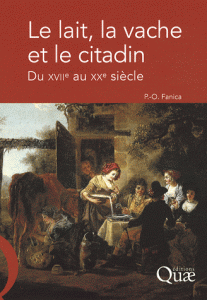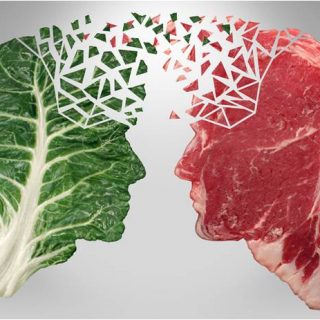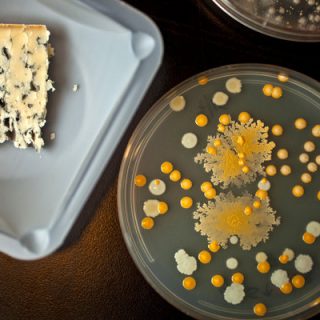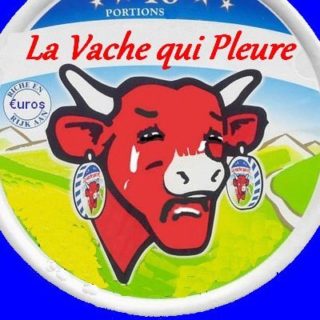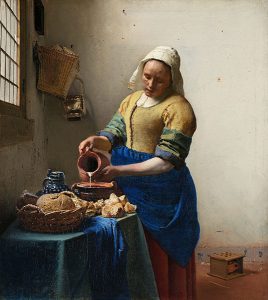 Seminar : “Rethinking the future of food”
Seminar : “Rethinking the future of food”
Wednesday, May 24 at 5pm at the ISCC (20 rue Berbier-du-Mets, Paris Métro 7 Les Gobelins) – The consumption of milk, in the true sense of the term, is historically very recent. Before the nineteenth century, though butter, fermented and curded milks, cheeses, and other transformed dairy products were consumed both in Europe and globally, fresh, unprocessed milk was seldom used. From the eighteenth century onward, the practice of drinking fresh milk was related to new eating habits associated, in particular, with the rise of coffee consumption. The habit first appeared in cities, especially in Paris, though it quickly spread to more rural regions.
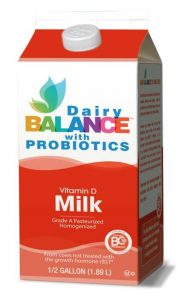 As milk gained in popularity, it soon began to pose very real public health issues. For example, the spread of tuberculosis in the nineteenth century was linked to milk consumption. Thus, the dairy industry needed to provide the purest and safest milk possible. In the 20th century, the dairy industry has worked to completely or partially eliminate microbial communities from milk destined for human consumption.
As milk gained in popularity, it soon began to pose very real public health issues. For example, the spread of tuberculosis in the nineteenth century was linked to milk consumption. Thus, the dairy industry needed to provide the purest and safest milk possible. In the 20th century, the dairy industry has worked to completely or partially eliminate microbial communities from milk destined for human consumption.
Today, milk production has improved thanks to advances in hygiene and perfection of refrigeration technologies. With the rise of genomics, we better understand the role played by “good” microbes and “probiotics” on our microbiota and our health: the virtues of milk and the usefulness of dairy products has been challenged one more time…
Pierre-Olivier Fanica is an agricultural engineer specializing in the history of milk in France. He is author of the book Le lait, la vache et le citadin (du XVIIe au XXe siècle) published by Editions Quae.
